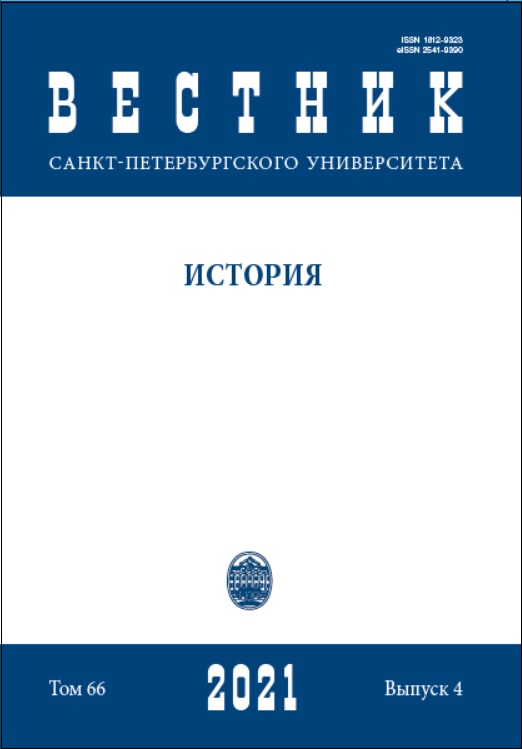The Abashevo culture
DOI:
https://doi.org/10.21638/spbu02.2021.411Abstract
The article is devoted to a brief description of the Abashevo culture. This is the culture of the Eastern Europe forest at the end of the Middle Bronze Age. Abashevo monuments date back to the XXII-XIX centuries BC. This is a culture of pastoralists and metallurgists. Abashevo culture is represented by barrow cemeteries, settlements, hoards and random finds. This article analyzes the funeral rites of the Abashevo culture. Several types of vessel are distinguished in the ceramic material and their ornamentation is described (elements, motifs, composition, style). The article presents a typology of metal, bone and stone artifacts (weapons, tools, adornments, symbols of power). The Abashevo culture is represented by two local variants - the Middle Volga (two territorial groups are known here - on the right and on the left banks of the Volga) and the South Ural. The origin of the Abashevo culture, most likely, had the character of transformation. It was based on cultures with Central European roots and local, Eastern European cultures. The end of the Abashevo culture is associated with the emergence of the Seyma-Turbino cultural group in Eastern Europe. The confrontation between the Abashevo and Seyma-Turbino military units led to the withdrawal of the Abashevo culture from traditional territory. In the new cultural environment, with the influence of the South Ural variant of the Abashevo culture, Sintashta culture was formed. Pokrovka culture was formed with the influence of the Middle Volga variant of the Abashevo culture. Therefore, we can assume a significant role of the Abashevo culture in the formation of the Volga-Ural cultural genesis centre.
Keywords:
Abashevo culture, Middle Bronze Age, typology, absolute chronology
Downloads
Downloads
Published
How to Cite
Issue
Section
License
Articles of "Vestnik of Saint Petersburg University. History" are open access distributed under the terms of the License Agreement with Saint Petersburg State University, which permits to the authors unrestricted distribution and self-archiving free of charge.





